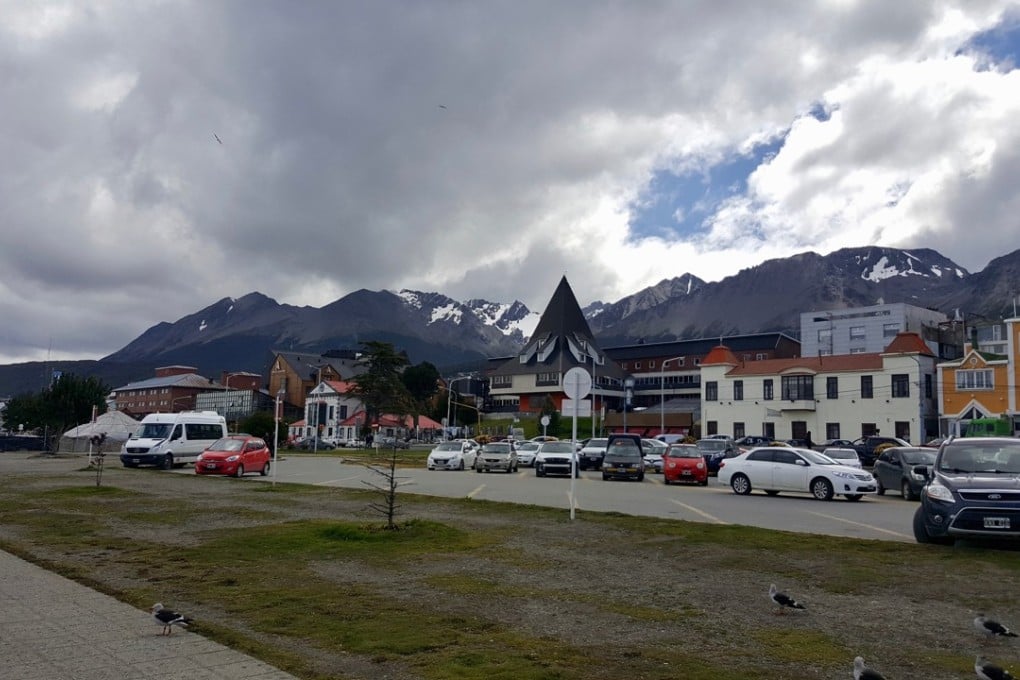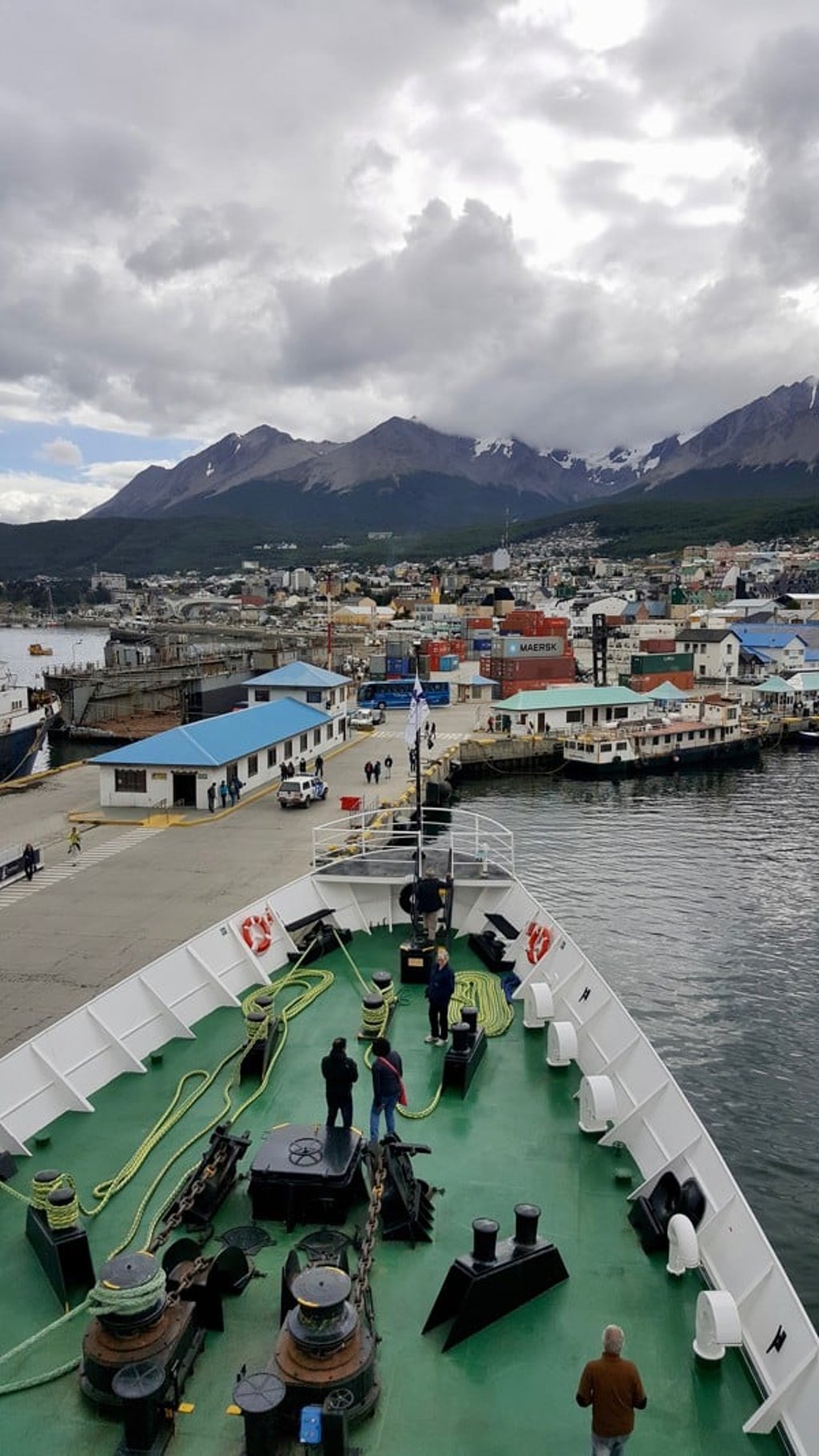The hard-won charms of Ushuaia, town at the end of the world most know as staging post to and from Antarctica
Once an Argentinian Alcatraz, port of departure for Antarctic cruises has a frontier-town feel and bleak look. But stay awhile, as few do, and you’ll appreciate its history and scenery

Ushuaia’s waterfront stares out on to a small port, its container ships and the Beagle Channel. Inevitably, every visitor to this apparently dismal place takes a windswept selfie in front of the sign proclaiming this the “Fin del Mundo”, and probably most agree that the nickname isn’t wrong – not just because of geography but because there is an “end of the world” feel to this Argentinian town.
Ringed by mountains, dominated architecturally by its former prison and filled with houses seemingly knocked together from flotsam, this is a frontier town that was, it seems, deliberately positioned to face away from the rest of the world. Most ports face out towards other great trading nations; Ushuaia looks out over islands that even the penguins appear fed up with, and the decidedly uncommercial continent of Antarctica. Its tourism industry might say otherwise, but my first impression is of a place that peers grumpily out to sea and would be happier if you’d follow its gaze.

Ushuaia, then, has but a few museums, chocolate shops and decent restaurants selling Fuegan lamb and king crab. The weather, even in summer, is frequently brooding and overcast, and the skies over the mountains have a habit of turning black just as you reach the furthest point of a walk around town. Sights include a boat slowly rotting in a prime waterfront spot, a memorial to the Argentinian fallen of the Falklands war and a partly restored, convict-built railway that manages the impressive feat of connecting two stations that are equally hard to reach and equally unremarkable when you do.
